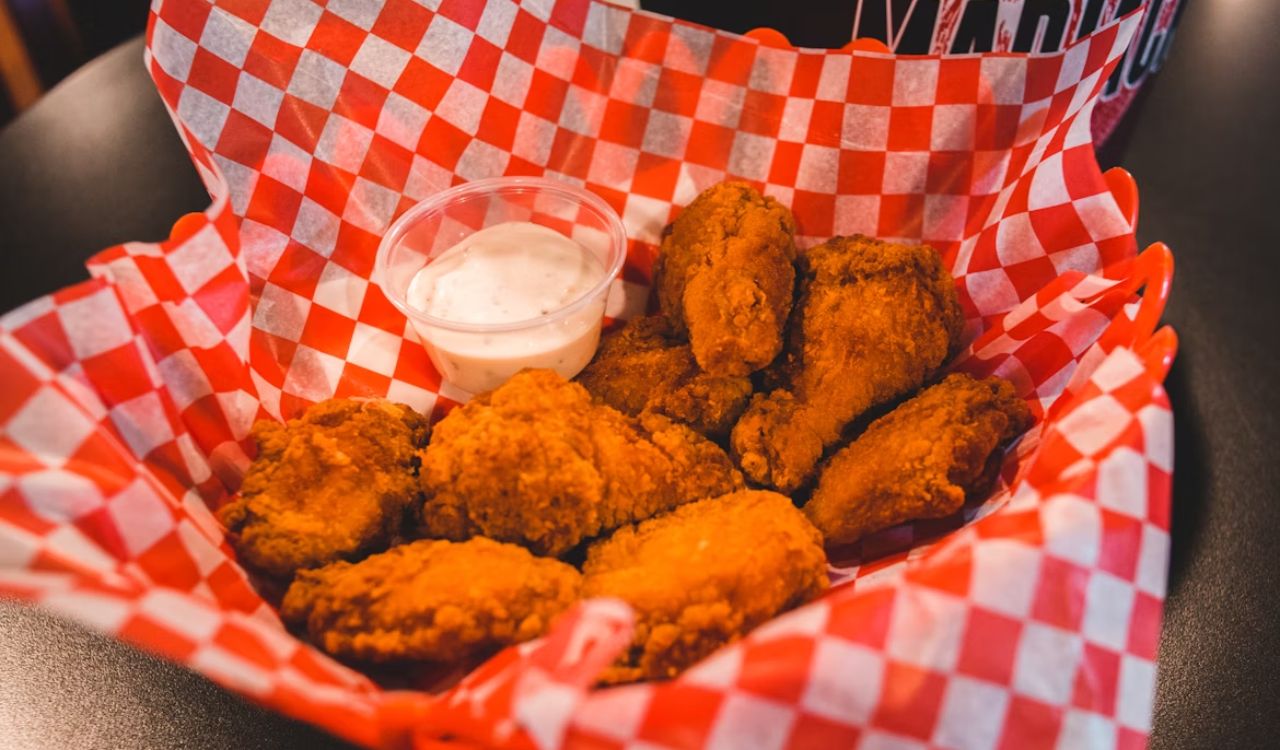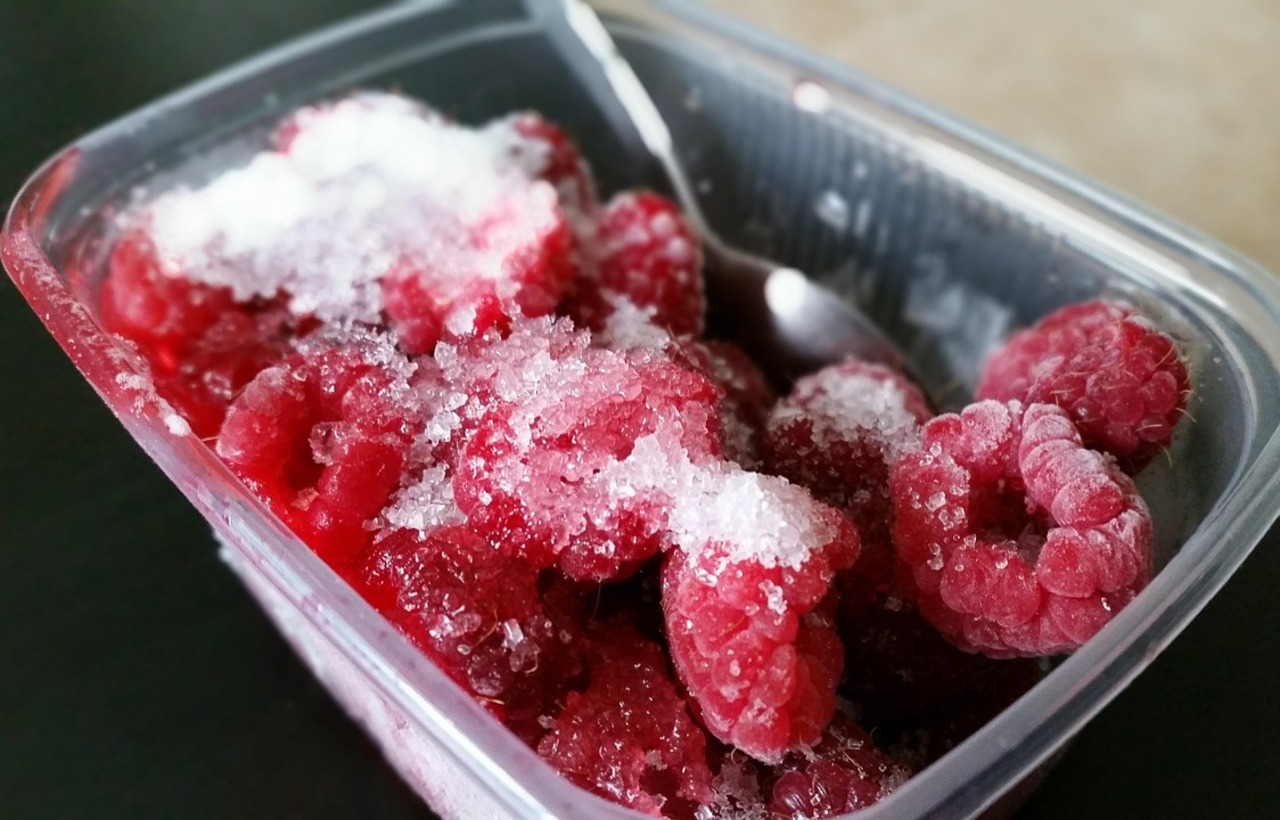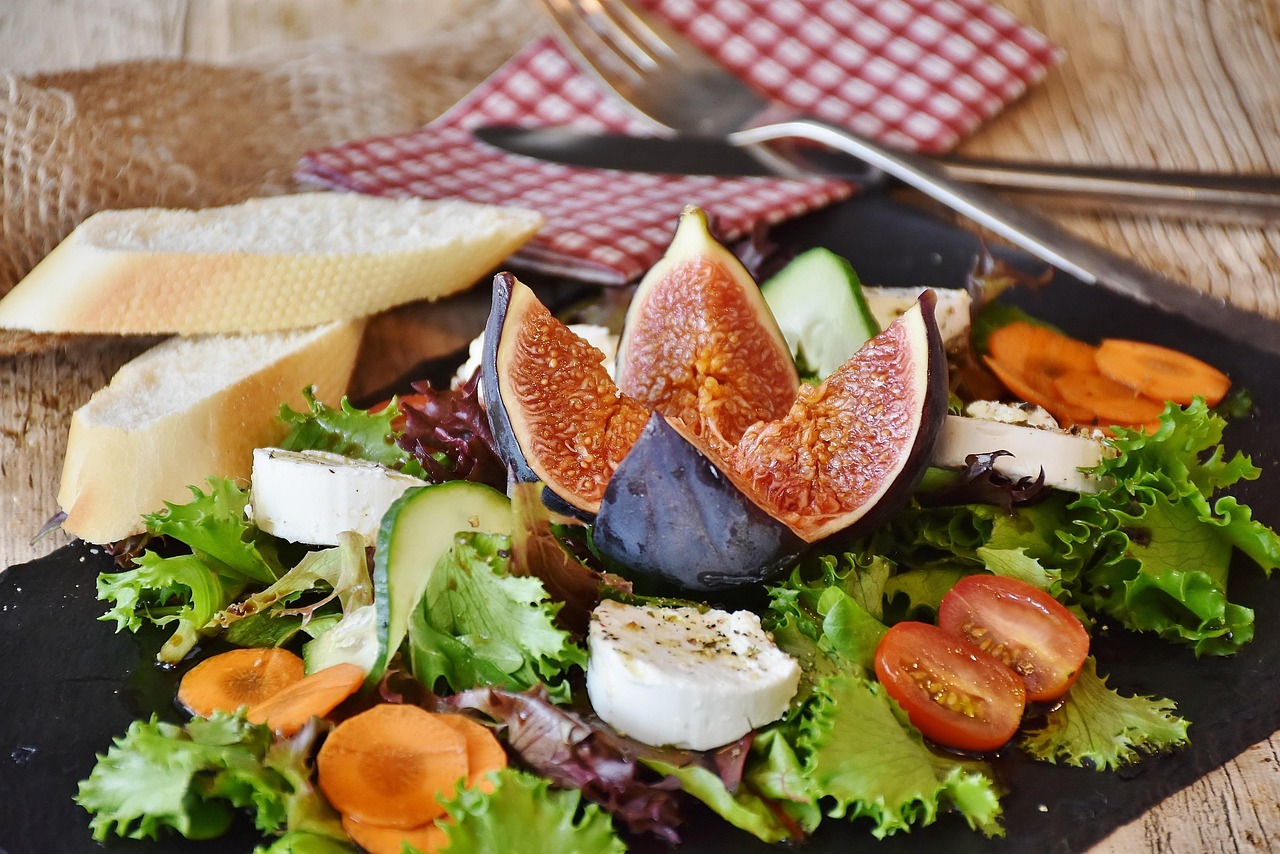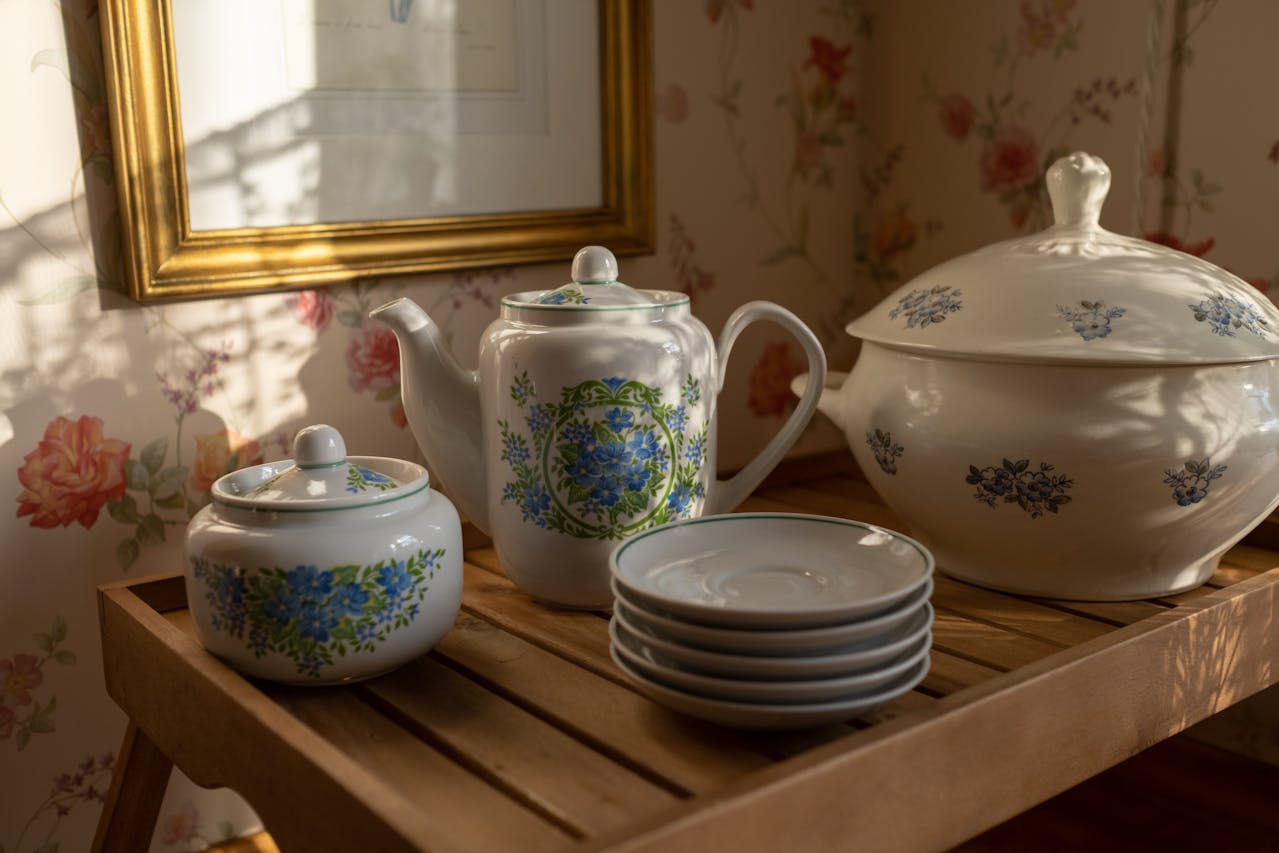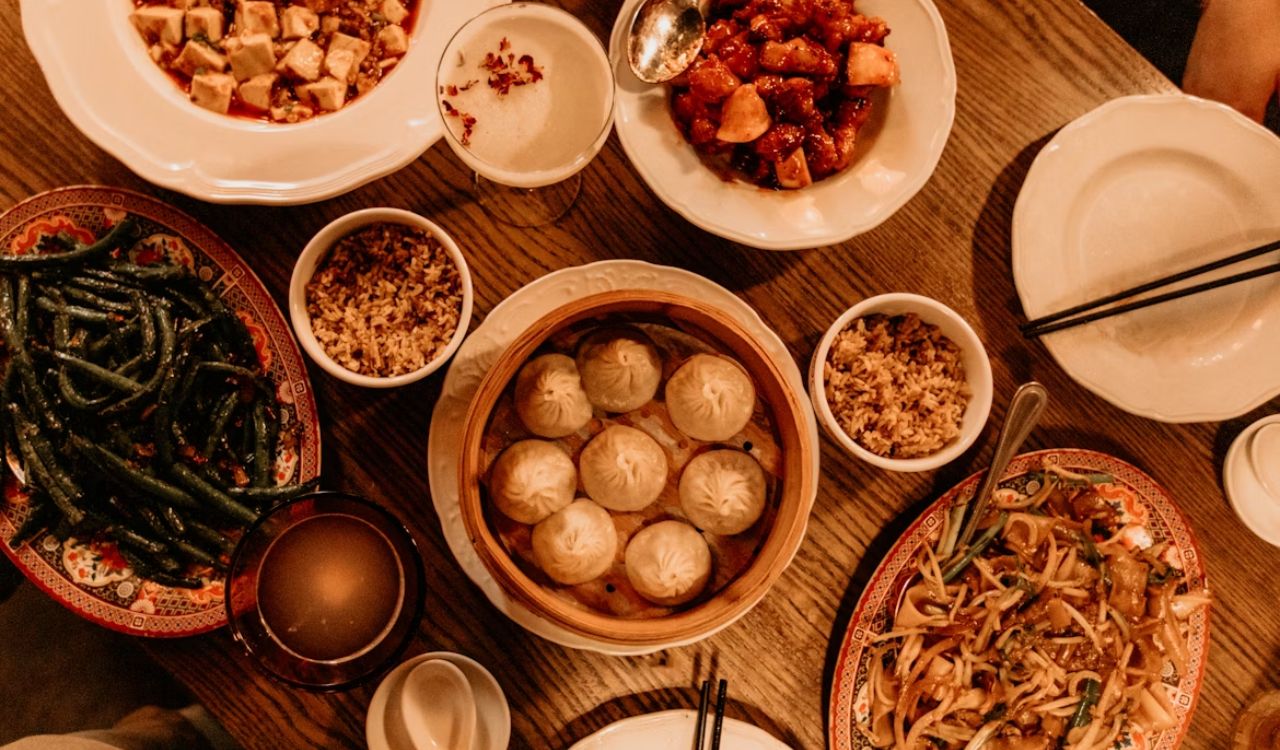10 Buffet Foods You Should Think Twice Before Eating
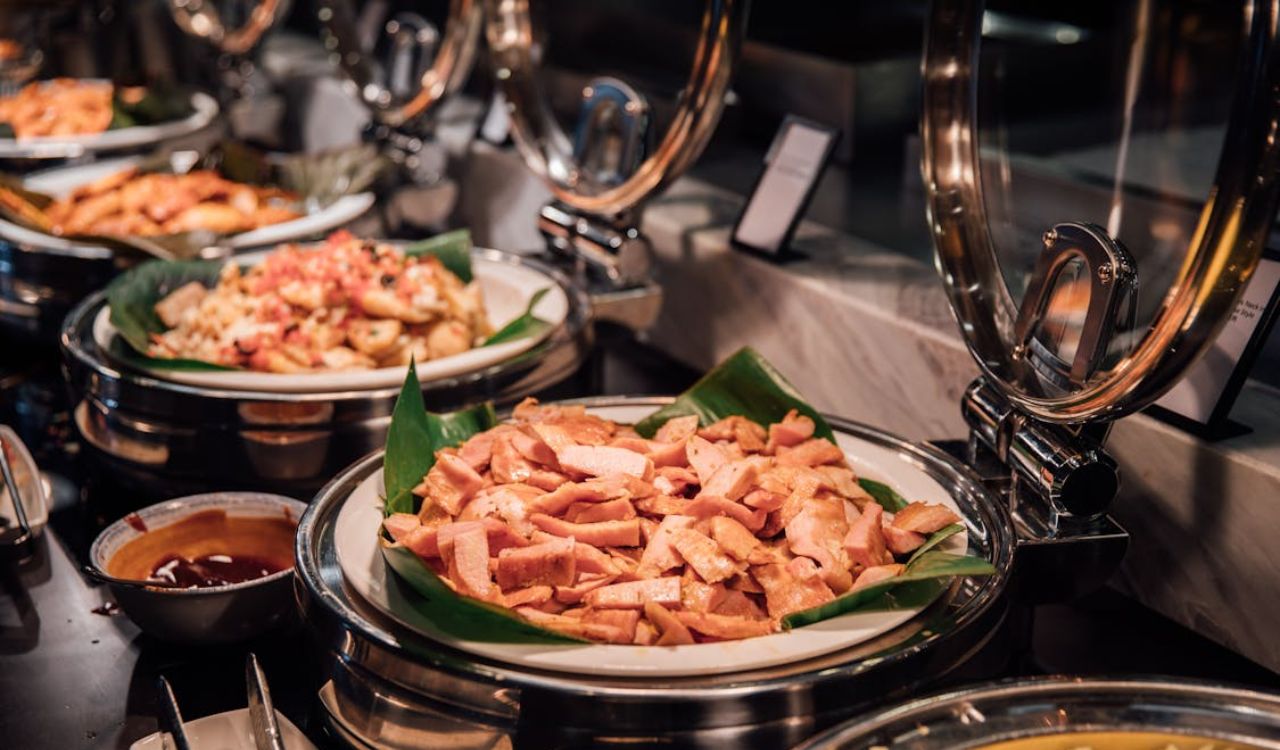
Buffets are designed to be tempting, with colorful displays and endless choices, but not every dish is worth the risk. Some foods lose quality quickly, while others pose real safety concerns if they are not handled properly. Heat lamps and ice trays only go so far, and when food sits for hours, bacteria can multiply. While buffets can be fun, knowing what to avoid helps you enjoy the experience without regrets later. Here are ten buffet foods that are better left off your plate.
1. Raw Oysters
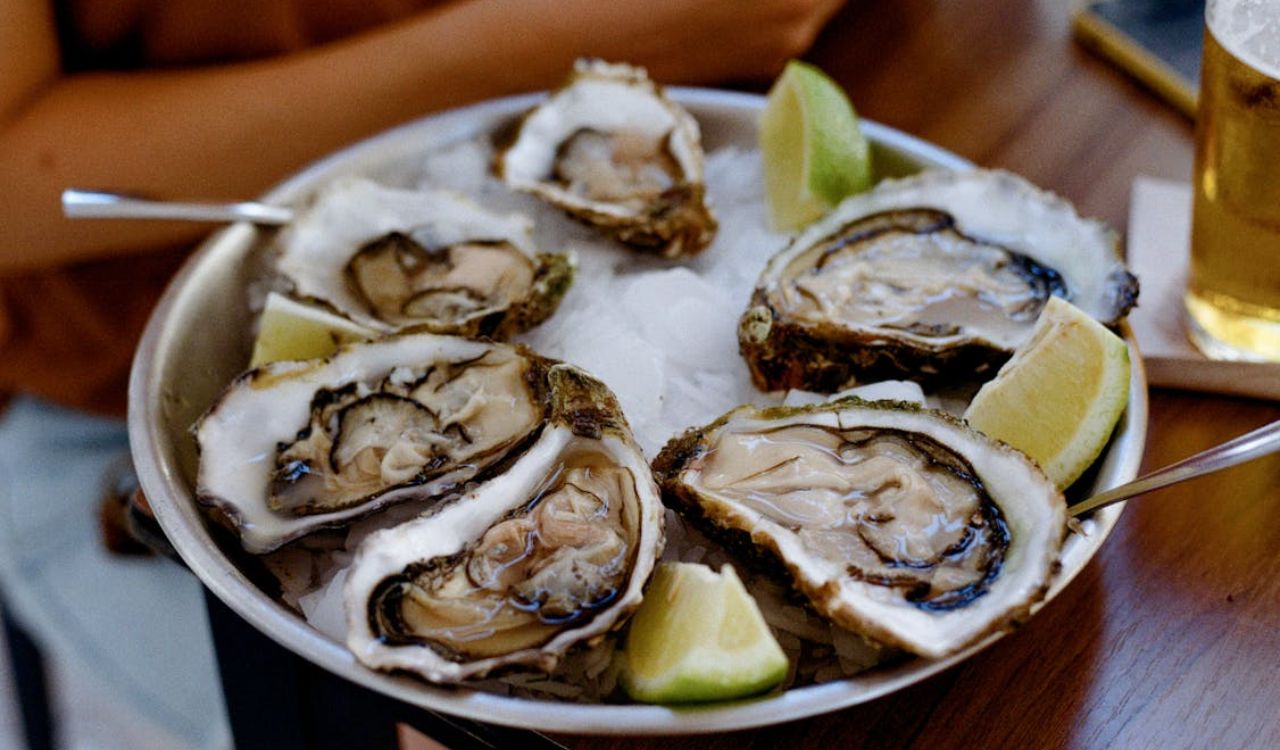
Raw oysters belong at specialized seafood restaurants, not buffet lines. These shellfish are extremely sensitive to temperature, and even a short time outside proper storage can make them unsafe. Buffets often cannot guarantee the level of freshness needed for raw oysters, which are vulnerable to bacteria like Vibrio. On top of that, they are usually served on open ice trays where people lean over and utensils are shared. While they may look elegant on display, raw oysters are one of the riskiest buffet options you can choose.
2. Sushi
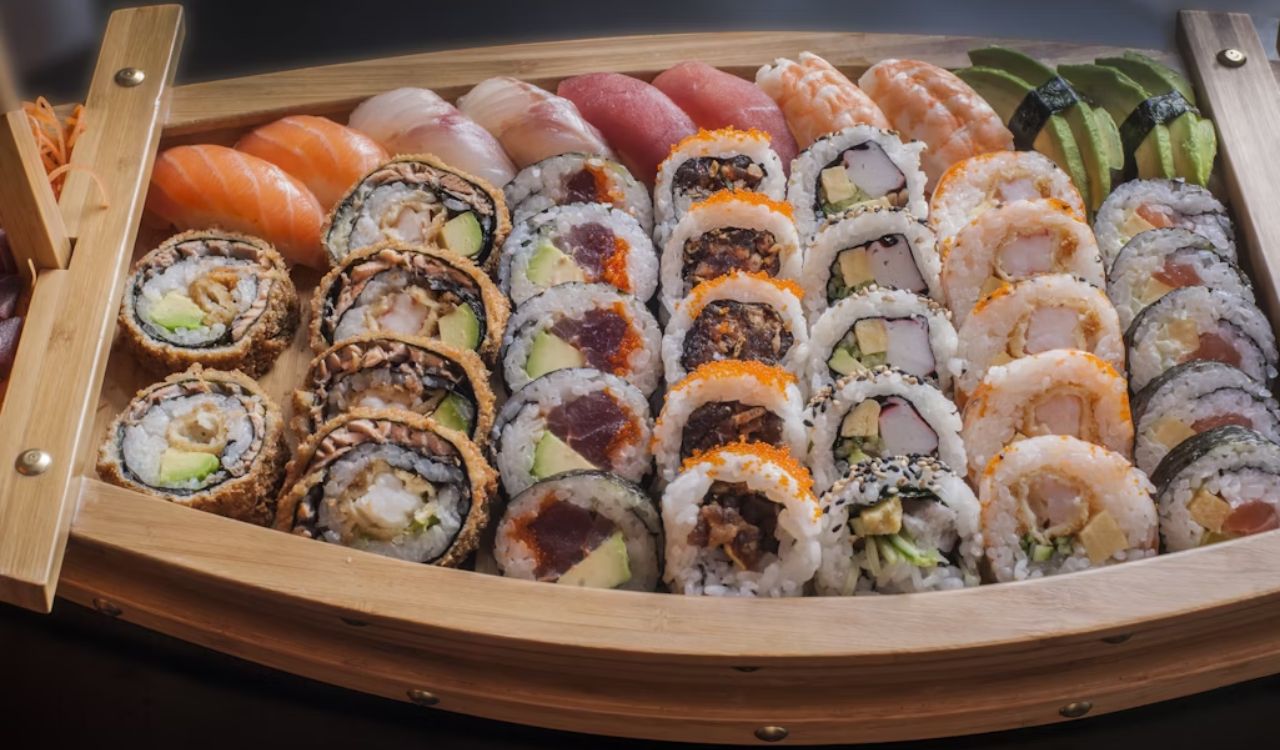
Sushi is another buffet favorite that can be questionable outside of a proper sushi bar. Raw fish requires precise refrigeration, clean utensils, and careful handling. At buffets, rolls and nigiri often sit out for extended periods, causing rice to harden and fish to lose freshness. Cross-contamination is also common, since the same tongs may be used for multiple items. Unless the buffet has a sushi chef preparing rolls in real time, it is usually safer to skip sushi and enjoy it at a dedicated restaurant.
3. Fried Foods
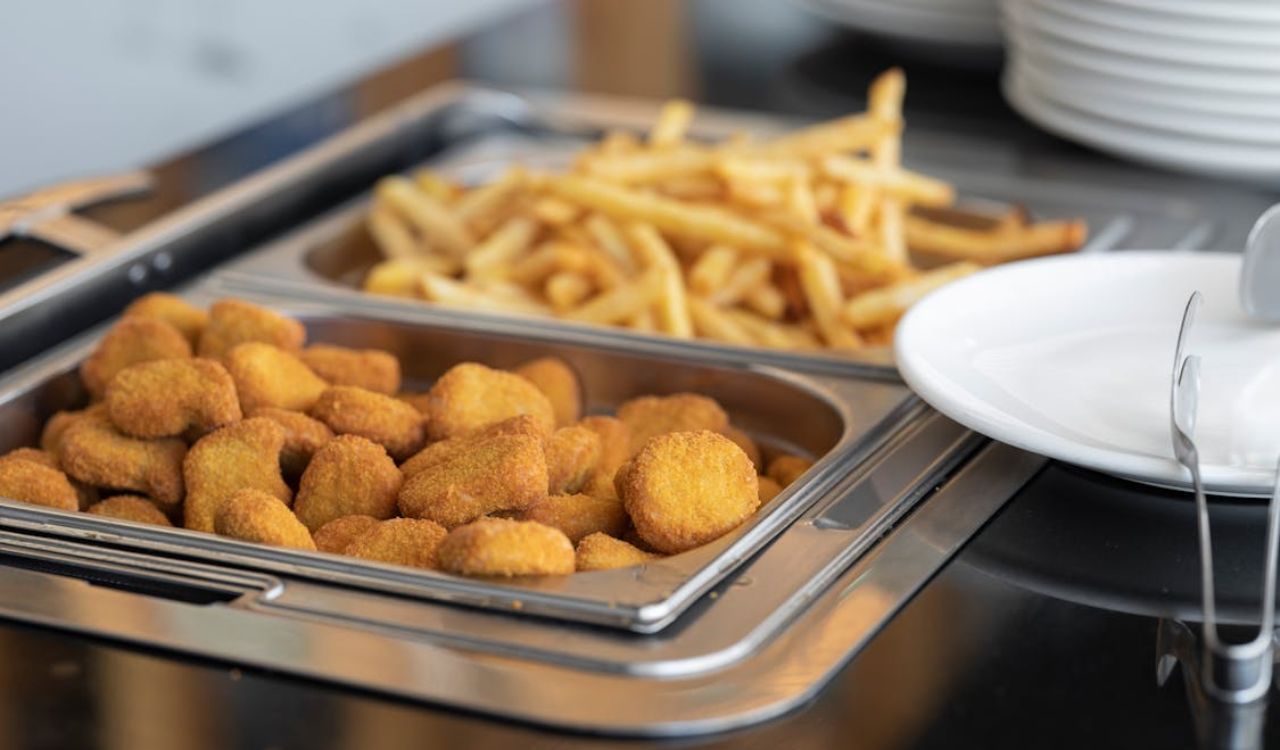
Fried foods like onion rings, chicken wings, and fries rarely hold up under buffet conditions. Heat lamps quickly turn crispy coatings soggy, while oil flavors can become stale after hours of reheating. Buffets also tend to reuse frying oil, which can affect both taste and quality. Once fried items lose their crunch, they are unappealing and often sit even longer on the line. If you are craving something crispy, it is best to order it freshly made elsewhere rather than settle for limp fried food at a buffet.
4. Creamy Salads
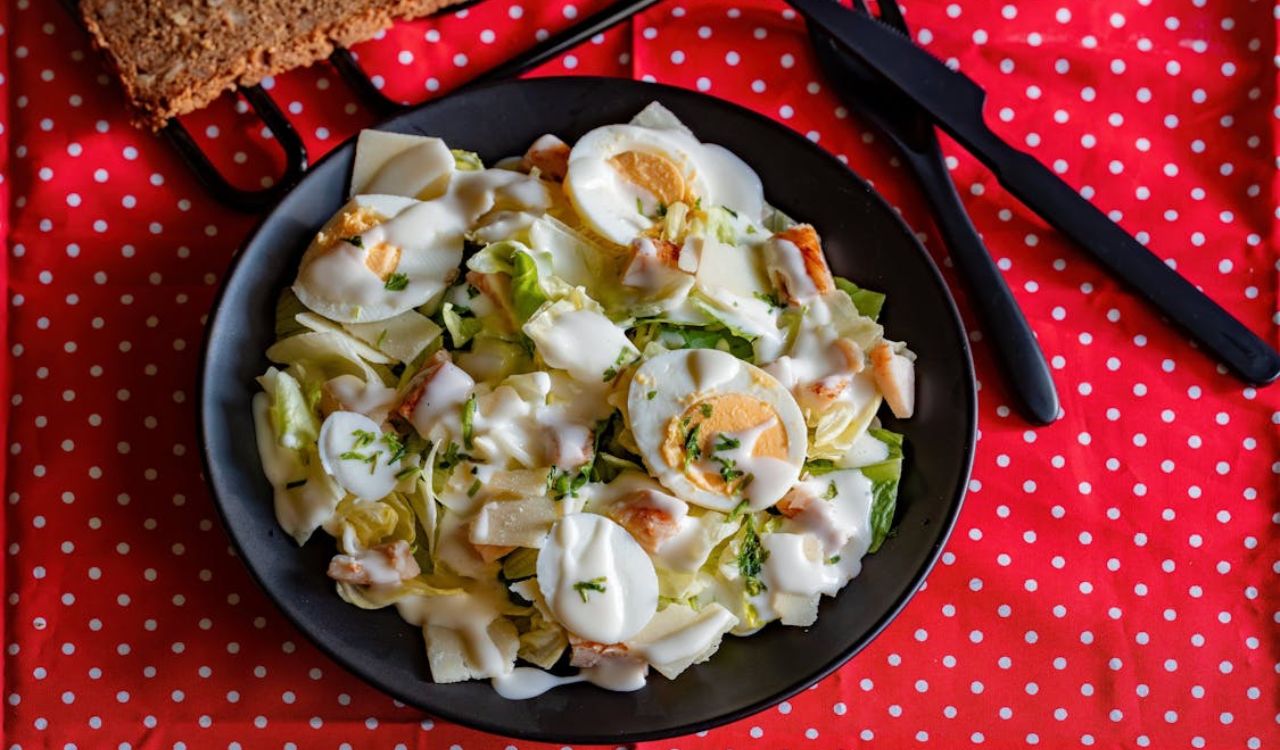
Creamy salads such as coleslaw, potato salad, or macaroni salad are buffet staples, but they come with risks. These dishes are often made with mayonnaise or cream-based dressings, which must stay consistently cold to be safe. Even when placed on ice, they can warm up as guests serve themselves over time. The texture also suffers, as ingredients may turn watery after sitting out for hours. While they may look harmless, creamy salads at buffets are best avoided in favor of fresh greens or build-your-own options from the salad bar.
5. Carving Station Meats
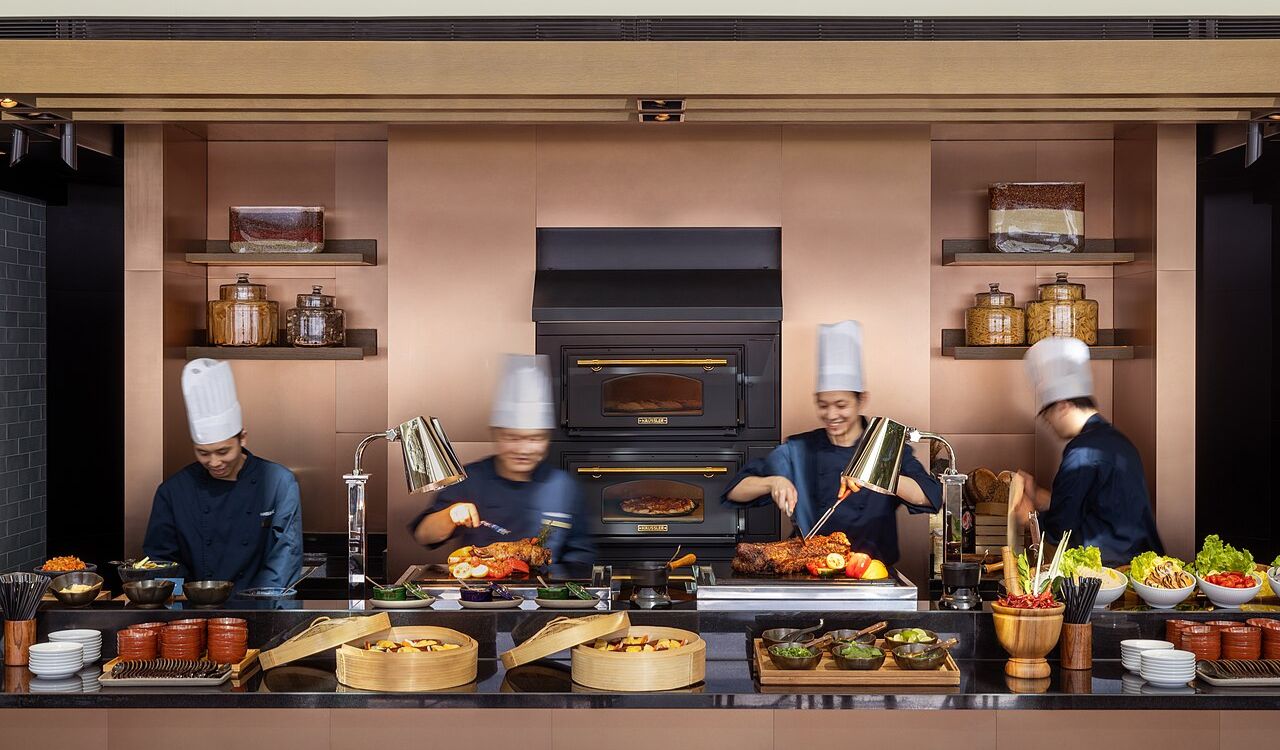
Carving stations can be impressive, but the meat quality often declines as time passes. Once the outer slices of prime rib, ham, or turkey sit too long, they dry out under the heat lamps. Meanwhile, the interior may not always remain at safe temperatures. Carving areas also experience heavy guest traffic, increasing chances of contamination from utensils and handling. If you want to sample carving station meat, the safest bet is to catch it when a new roast is brought out rather than taking pieces that have been sitting for hours.
6. Cooked Seafood Trays
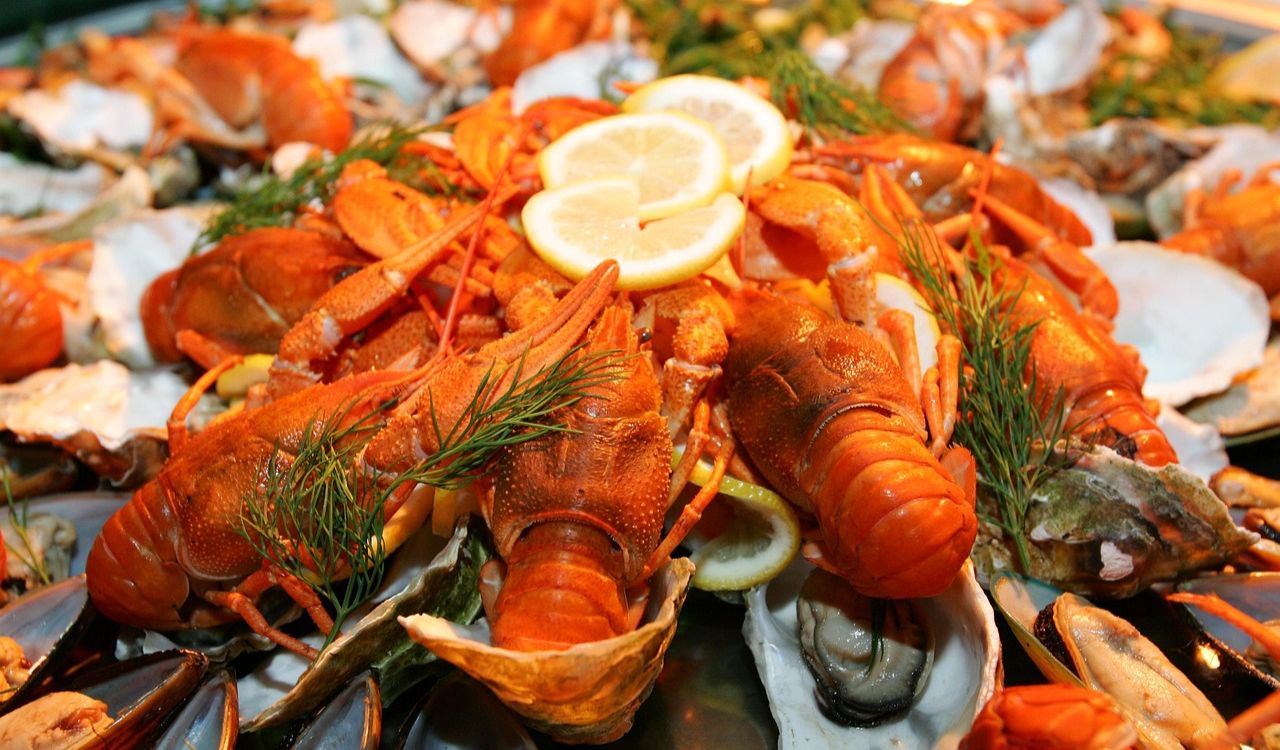
Beyond raw shellfish, even cooked seafood at buffets deserves caution. Shrimp cocktails, baked fish fillets, or mussels are delicate foods that spoil quickly if not stored correctly. Under heat lamps, fish dries out, while chilled seafood can lose freshness after hours on ice. Seafood has a narrower safety margin than most proteins, meaning buffets need strict rotation to keep it safe. Unless you are at a high-end seafood buffet with strong quality control, it is wiser to avoid seafood trays and choose sturdier meat dishes instead.
7. Soups and Stews
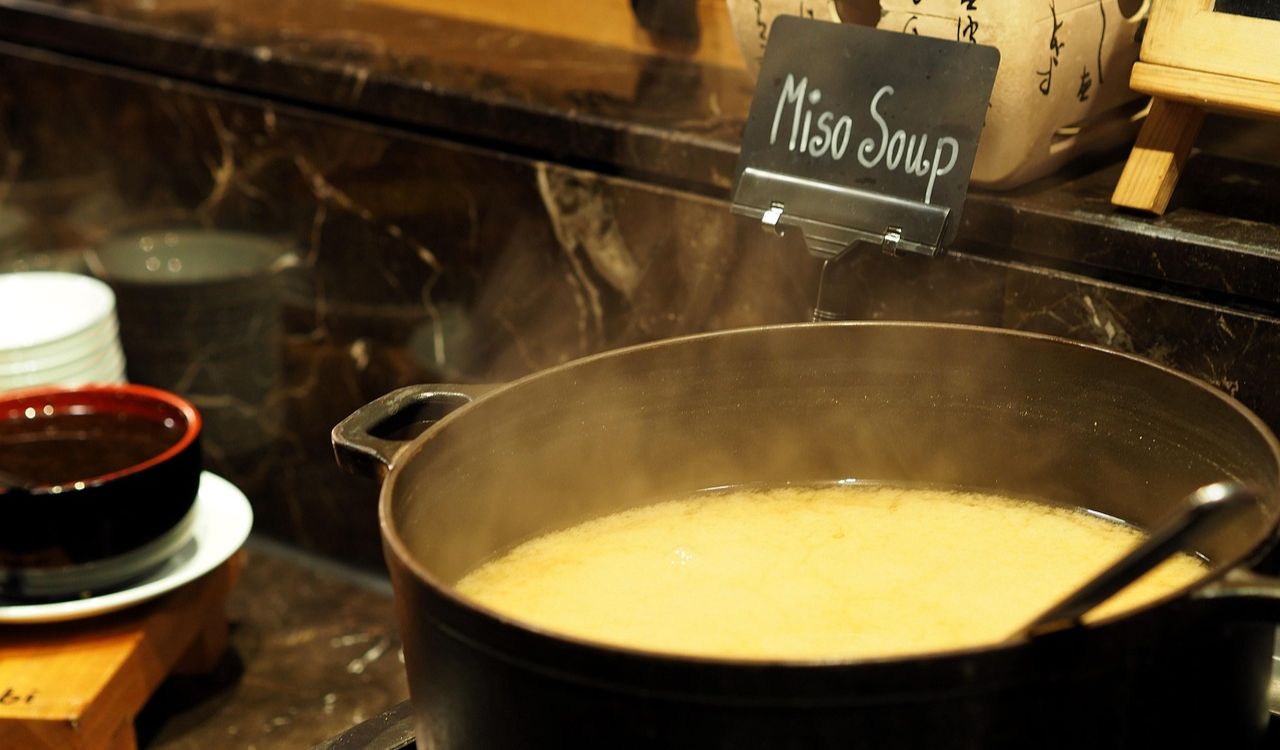
Soups and stews can be comforting, but in a buffet setting, they often simmer for hours in oversized pots. If the temperature is not maintained consistently, bacteria can develop, particularly in cream-based soups like chowder. Long cooking also causes flavors to flatten, leaving soups bland and over-reduced. Guests ladling soup can also create cross-contamination if utensils fall back into the pot. While soups can be satisfying at home or restaurants, buffet versions are usually past their prime by the time you serve yourself.
8. Pre-Cut Fruit
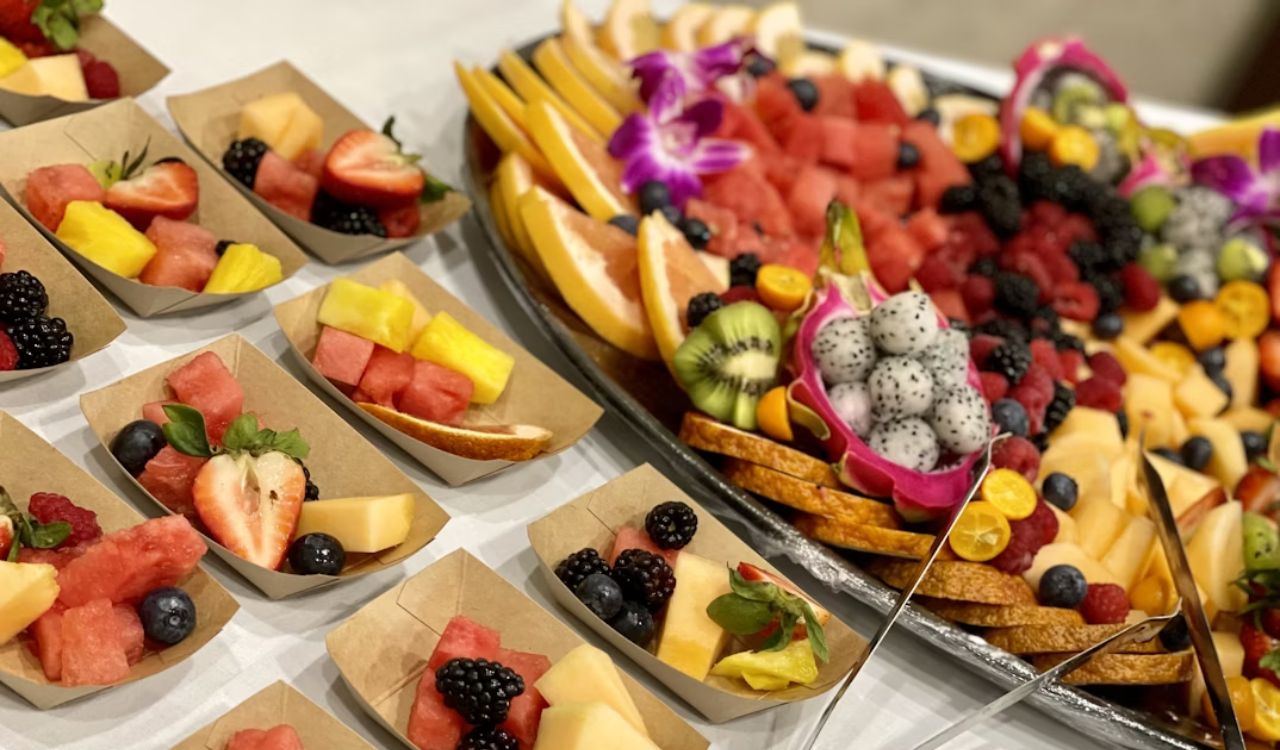
Fruit might seem like a light, refreshing buffet choice, but pre-cut fruit is surprisingly risky. Once melons, pineapples, or berries are cut, they are more prone to bacterial growth, especially if they are not kept consistently cold. Buffets often display fruit for hours, which can cause it to become mushy and unappetizing. Melons are a particular concern, since bacteria can spread from the rind to the flesh during cutting. If you want fruit at a buffet, whole options like bananas or oranges are generally safer and fresher.
9. Sauces and Condiments
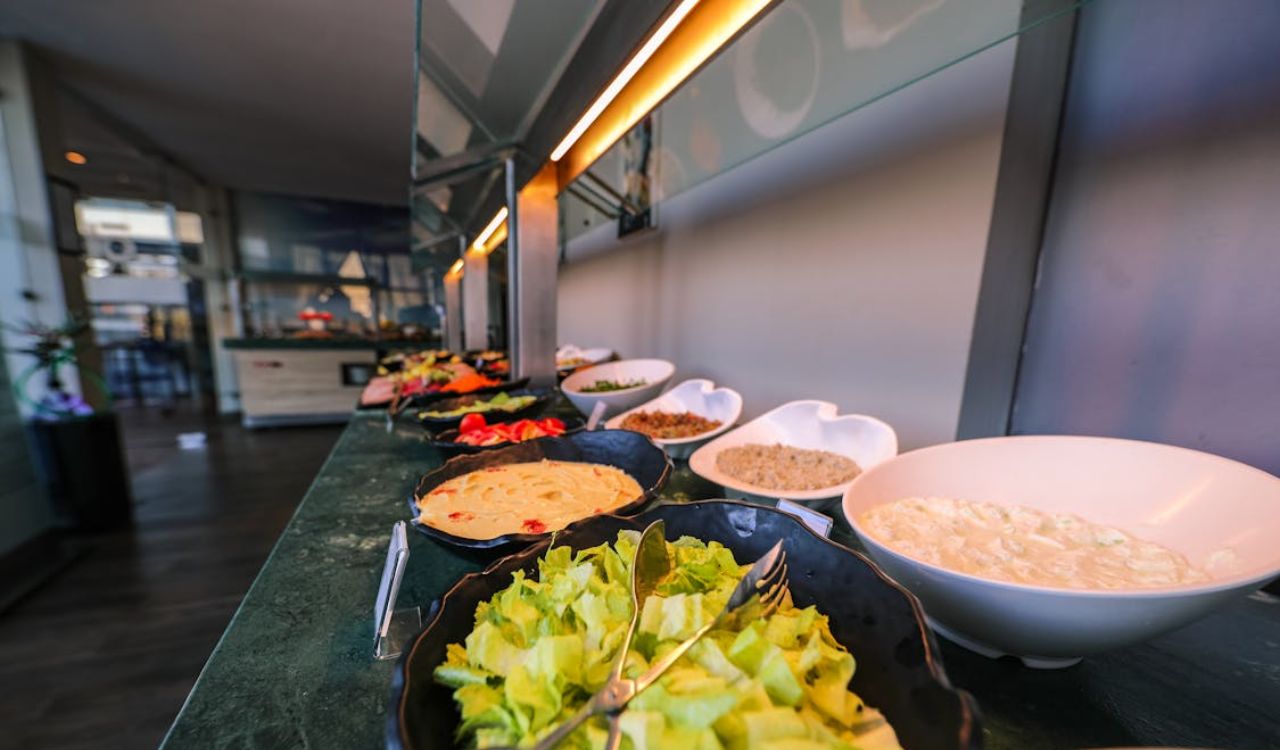
Shared sauces and condiments at buffets can be questionable. Items like gravy, hollandaise, or salad dressings are often kept in large containers where they may not stay at the right temperature. Cream-based sauces can separate, while cold dressings may warm up over time. Since guests often reuse ladles or spill food into containers, contamination risks increase. Unless sauces are freshly portioned by staff or sealed in packets, they are best avoided. A squeeze of lemon or a light seasoning often adds flavor without the risks of communal condiments.
10. Soft-Serve Ice Cream
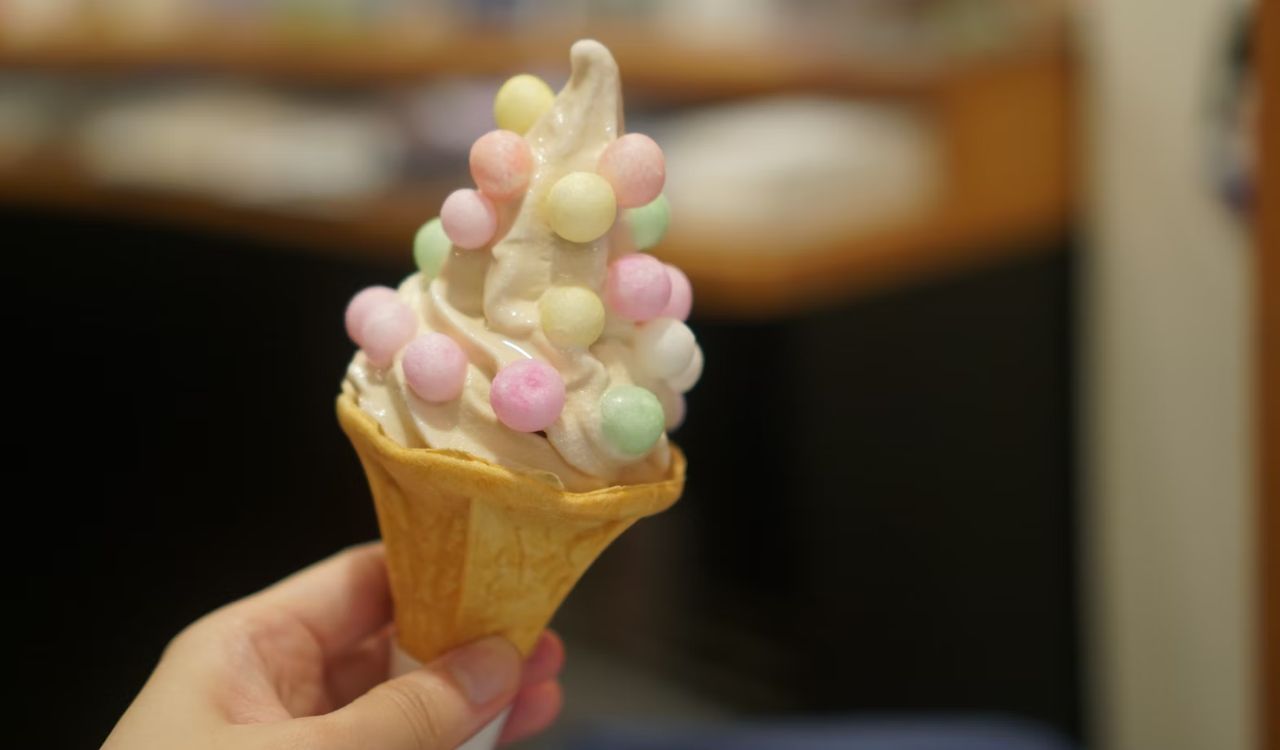
Soft-serve machines are a buffet staple, but their cleanliness depends entirely on staff diligence. If not cleaned thoroughly, bacteria can grow inside the nozzles and tubes. Guests also frequently touch levers and drip trays, creating hygiene concerns. While the ice cream mix itself is usually safe, the serving system may not be. Packaged desserts, cookies, or baked goods displayed at buffets are usually a safer sweet choice. If you want soft-serve, it is best to enjoy it from an ice cream shop that specializes in maintaining its machines.


